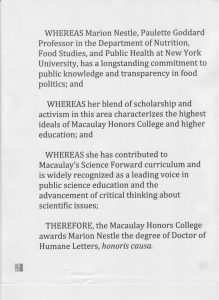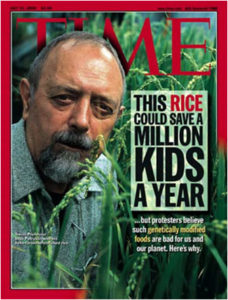Today’s big news: the Philadelphia soda tax vote
The Philadelphia city council votes sometime today on whether to pass a soda tax, with most—but not all—of the revenues targeted to pre-kindergarten education. I’m getting on an airplane pretty soon and will miss the vote, but it is widely assumed to pass.
The decision is up to the city council. Although the soda industry spent more than $4 million on public relations to urge the council to vote no, and promised to fund the first year of pre-K, its efforts don’t seem to be working.
To put this in context: Sodas are an easy target for public health measures. Nobody needs them, they are candy in liquid form, and they have no nutritional value. But it seems as though their makers are willing to spare no expense to stop any city that attempts to tax them. The total in Philly is $4.9 million by the latest rumors.
Americans are highly likely to support taxes that are earmarked for social purposes, as the Philly tax mostly is.
Every other city council can see that Berkeley gets more than a million a year for discretionary child health programs. Philadelphia is a bigger city and will get more, but is using it to fill budget holes as well as Pre-K. I’m guessing lots of places will figure out that they can do this too.
At the very least, the soda industry will be willing to donate huge amounts of money to get city councils to delay or block measure, as it did in Philadelphia.
This vote is worth watching closely (you can do that here). I’m sorry to be missing it but will try to catch up with it later.
References





